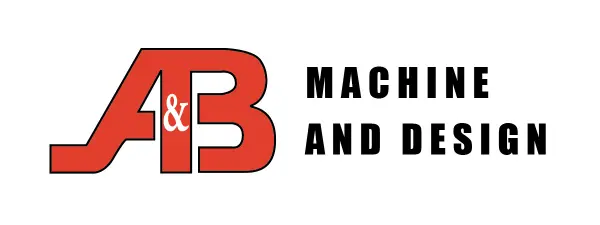Detention Security Floors
Time to Read: 2m 45s
Detention security floors refers to a variety of floor products used in correctional facilities and other high security installations. These security floors must be capable of withstanding a sustained assault and are often built on the ceiling of the cell below, with no gap between the ceiling of the lower unit and the security floor of the unit above.
Detention Security Floor Manufacturers
- Trussbilt provides a complete security solution build on their unique Trusscore technology. The Trussbilt security solutions include detention security floors as well as hollow metal doors and frames, security ceilings, and security wall panels. Trussbilt's TrussFloor technology eliminates the need for a concrete pour on ceiling decking and provides the possibility of more LEED points based on recycled content and no on-site waste.
Security Floor Concerns
The primary concern for security floors within detention facilities is security: the detention floors must be secure and capable of withstanding a prolonged assault. The floors must be constructed in such a way that it is not possible to pry up or chip through edges or corners to create hiding places for contraband or create weak points that can be exploited. However, there are several additional concerns in addition to security. These include:- Cost: As with any construction project, cost is always a factor. Costs for security floors are complicated because the cost of the floor itself is not the only contributing factor. Additional costs can come into play via the construction method: how long does it take to install? How many people are needed for how much time? What is the lifespan of the floor and what are the costs of future repairs?
- Space: Space is a significant factor in detention facilities, and also plays into the cost factor. The need for high security floors, walls, and ceilings can add considerably to the footprint of a detention facility: using bulkier building materials (such as precast concrete) can add entire floors to a construction project, which inflates the prices dramatically over the materials and installation costs.
- Sound Dampening: Within detention facilities populations are almost always incredibly high, with a very large number of people per square foot. This makes acoustical dampening a very important quality in building materials. This is especially true with security floors that are constructed on top of the cell below with no space between ceiling and the floor above.



